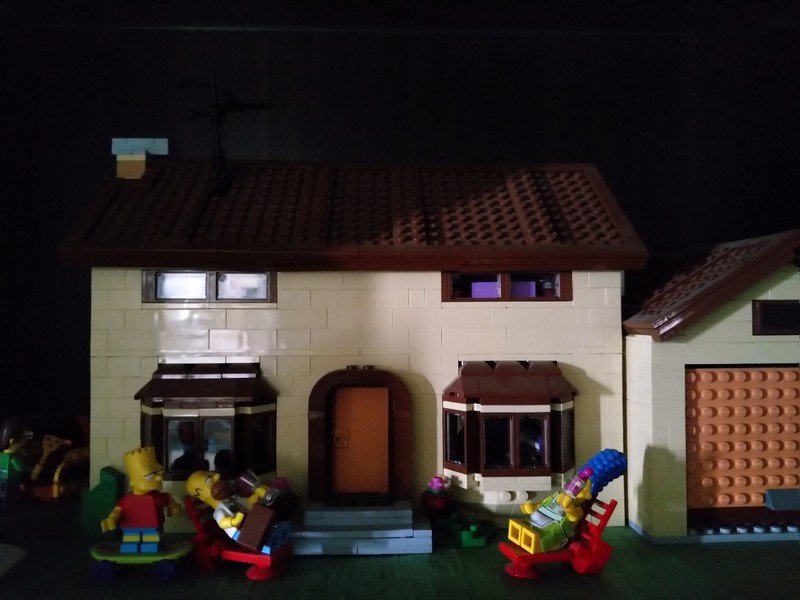Nokia 7 Plus initial impressions: Ticking all the right boxes

HMD Global revived the Nokia brand last year, initially focusing on the budget segment with the Nokia 3, Nokia 5, and the Nokia 6. While the manufacturer rolled out the Nokia 8 to cater to the premium category, it wasn't quite as good as the OnePlus 5T or the Mi Mix 2.
For its 2018 portfolio, HMD is introducing several phones aimed at different price points in one go — there's the Android Go-based Nokia 1 for the entry-level segment, the Nokia 6 2018 for the budget category, the Nokia 7 Plus at the mid-range segment, and the Nokia 8 Sirocco is the company's flagship.
The Nokia 7 Plus is the most interesting device of the lot, as it is the first Nokia-branded phone to feature an 18:9 form factor. The 6-inch FHD+ (2160x1080) IPS LCD panel has vivid colors and decent saturation levels, and it gets sufficiently bright that I didn't face any issues trying to read the contents of the screen under harsh sunlight.
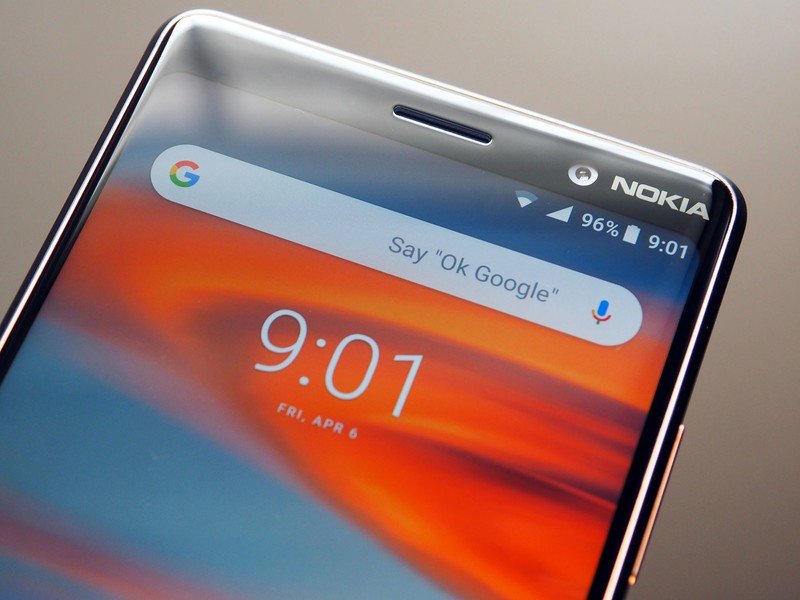
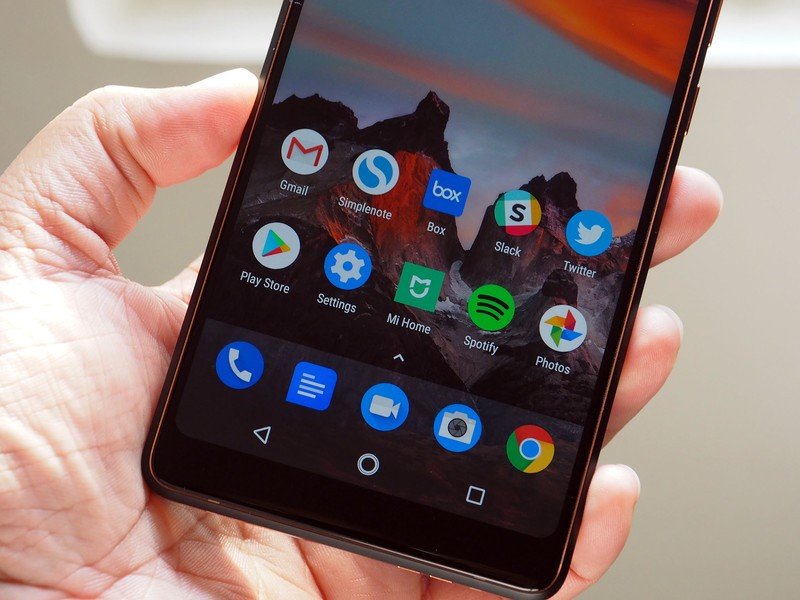
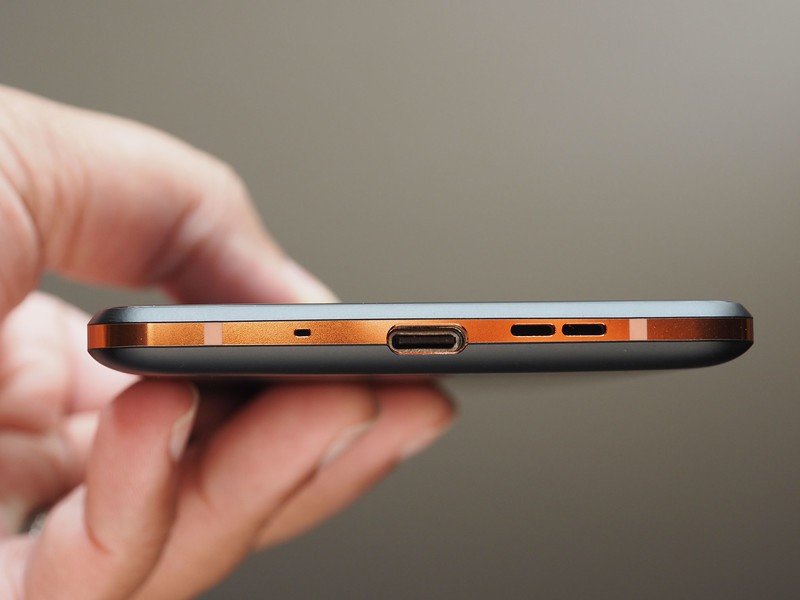
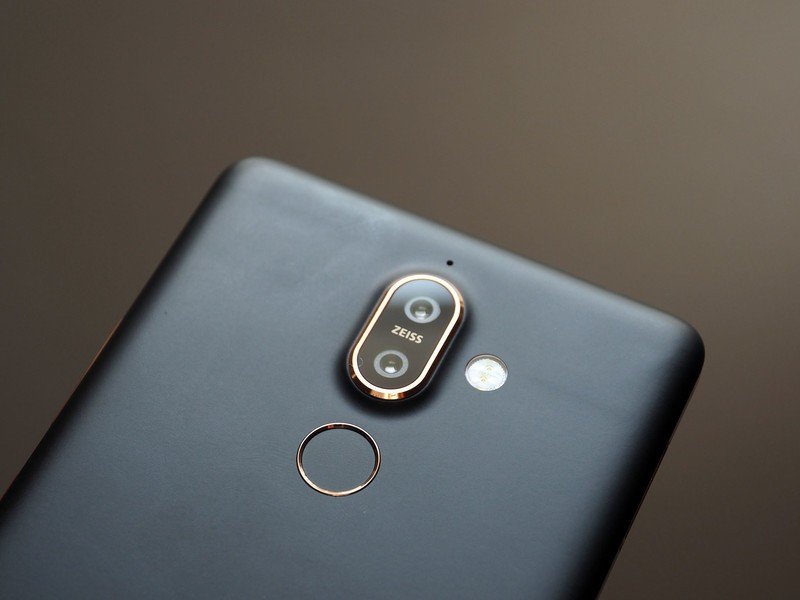

Design is another area where the Nokia 7 Plus stands out. The phone is constructed out of series 6000 aluminum, and the six-layer ceramic coating at the back gives it a delightful matte texture. It feels great to hold in-hand, and the copper accents around the fingerprint sensor, camera module, and the Nokia logo at the back contrast the black color scheme very well.
The bezels up front are akin to what you'd find on the Pixel 2 XL, and although the device is on the larger side, the grippy back makes it comfortable to hold. I've been using the phone for just over a day now, and I like the overall design and the in-hand feel.
This is Nokia's industrial design at its best.
The mid-frame is also finished with a lustrous copper hue, and it adds a nice visual flair to the device. This is classic Nokia industrial design, and my wife says it's the right amount of bling for a phone. And being a Nokia-branded phone, you can be assured that it's built like a tank — the phone has the right amount of heft, and the overall build quality is top-notch.
The Nokia 7 Plus has a lot to offer on the hardware front as well — it is the first phone to be powered by the Qualcomm Snapdragon 660 chipset in India. The chipset launched last year, and the OPPO R11 was the first phone to be powered by it. Xiaomi's Mi Note 3 also had the same chipset, as did Vivo's X20. All of these devices were limited to the Chinese market, so it's great to see a phone powered by the Snapdragon 660 make its way to India.
Get the latest news from Android Central, your trusted companion in the world of Android
As for why the Snapdragon 660 is a big deal, it is the first chipset to feature Qualcomm's Kryo cores in the mid-range category. The chipset features eight semi-custom Kryo 260 cores split into two clusters — four cores clocked at 2.2GHz that are designed to handle performance-intensive tasks, and four energy-efficient cores clocked at 1.8GHz.
The Snapdragon 660 in the Nokia 7 Plus is a performance monster.
Essentially, you're getting performance that's equivalent to the Snapdragon 821, but in the mid-range segment. As for the rest of the specs, the Nokia 7 Plus comes with 4GB of RAM and 64GB of eMMC 5.1 internal storage, a microSD slot that can accommodate 256GB SD cards, Wi-Fi ac, Bluetooth 5.0, LTE Cat 6 modem, and three microphones.
Another highlight of the Nokia 7 Plus is the dual camera at the back — a 12MP primary camera with f/1.75 lens, 1.4 micron pixels and Dual Pixel autofocus, and a secondary 13MP shooter with f/2.6 lens and 1 micron pixels that offers 2x lossless zoom. Both cameras feature Zeiss optics, and Nokia is bringing back the pro mode, a mainstay on its phones during the Lumia days.
I haven't had a chance to test out the camera extensively yet, but here's a preview of what you can expect from the Nokia 7 Plus on this front:
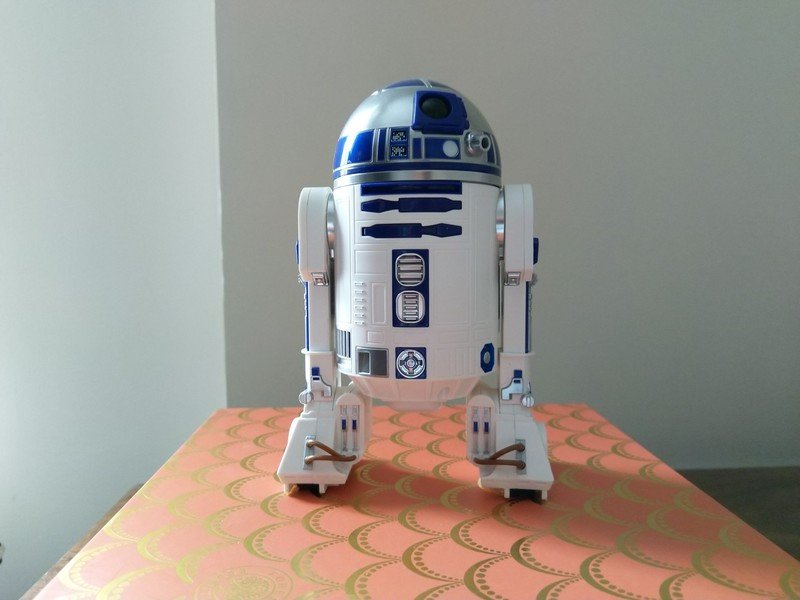

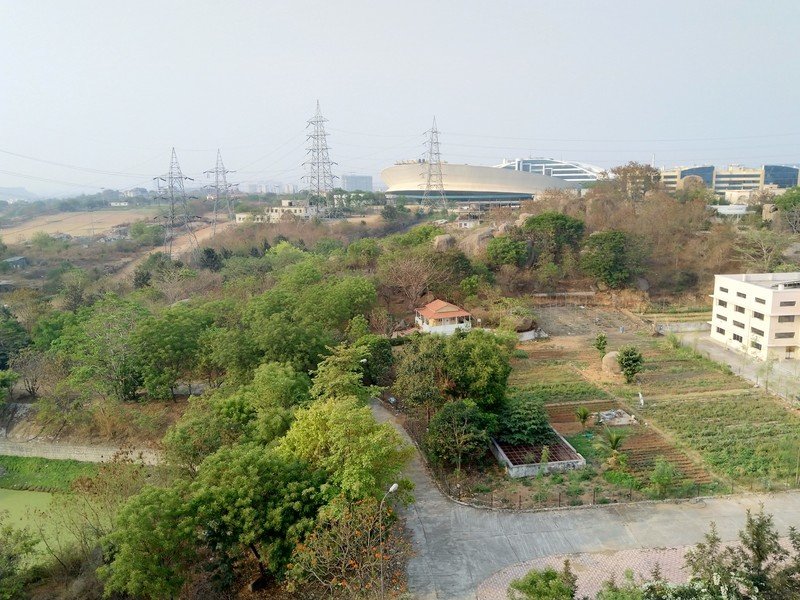

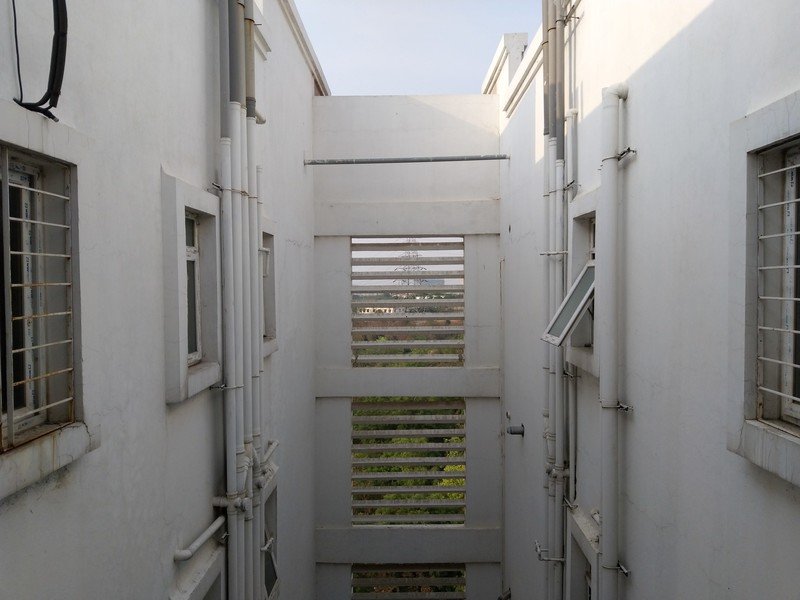
The Nokia 7 Plus excels at daylight shots, and the camera is quick to dial in on a subject. The interface itself looks dated, but it has all the options laid out in an easy-to-understand format. As for low-light photography, here's how the Nokia 7 Plus matches up against the OnePlus 5T:
Nokia 7 Plus on the left, OnePlus 5T on the right.
The Nokia 7 Plus preserves the overall detail, and has significantly less noise than the OnePlus 5T. Colors don't look washed out, and it managed to do a great job in this scenario. I'll go into much more detail on what the Nokia 7 Plus' camera is capable of next week, so stay tuned.
HMD announced earlier this year that all of its phones will be based on the Android One platform going forward, which means they'll be one of the first to receive platform and security updates. The company did a magnificent job in terms of rolling out updates over the course of the last 12 months, and thankfully that's not going to change this year.
My Nokia 7 Plus unit is running Android 8.0 Oreo with the February 1, 2018 security patch, and it's likely HMD will roll out an update before the phone goes on sale with the latest security patch and the Android 8.1 Oreo update. The software experience is one of the best you'll find in this segment, and the unadulterated interface coupled with the beefy Snapdragon 660 makes the Nokia 7 Plus breeze through everyday tasks.

The Nokia 7 Plus will go up for pre-order in India starting April 20 for ₹25,999, with sales set to kick off from April 30. It is true that the pricing is slightly on the higher side (a 22K price point would've been the sweet spot), but Nokia phones always commanded a premium, and the Nokia 7 Plus is worth it just because of the Snapdragon 660 and that evocative design.
I'll have much more to share about the Nokia 7 Plus in the coming weeks, so keep it locked to Android Central for more. In the meantime, let me know what you think of Nokia's latest mid-ranger in the comments below.

Harish Jonnalagadda is Android Central's Senior Editor overseeing mobile coverage. In his current role, he leads the site's coverage of Chinese phone brands, networking products, and AV gear. He has been testing phones for over a decade, and has extensive experience in mobile hardware and the global semiconductor industry. Contact him on Twitter at @chunkynerd.
